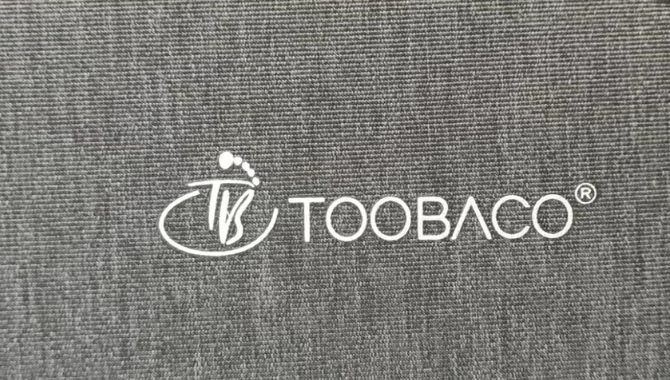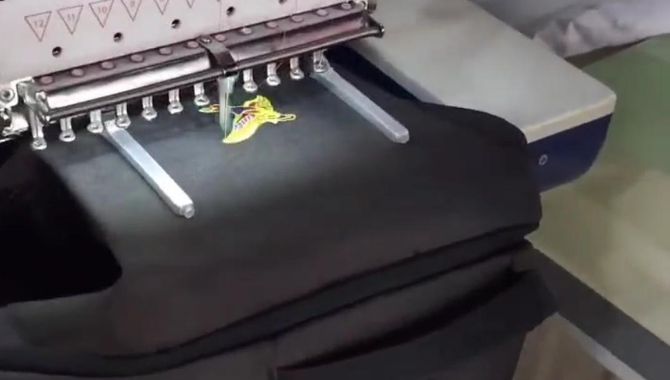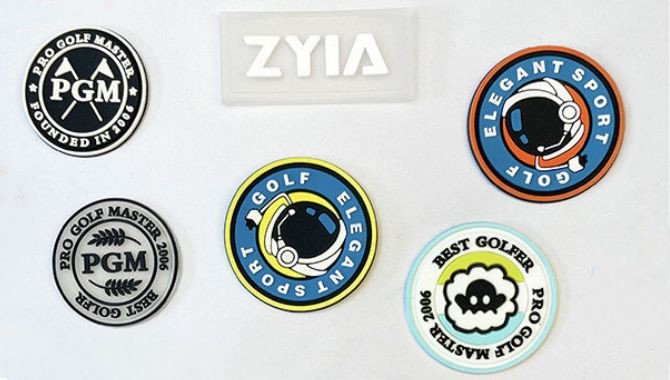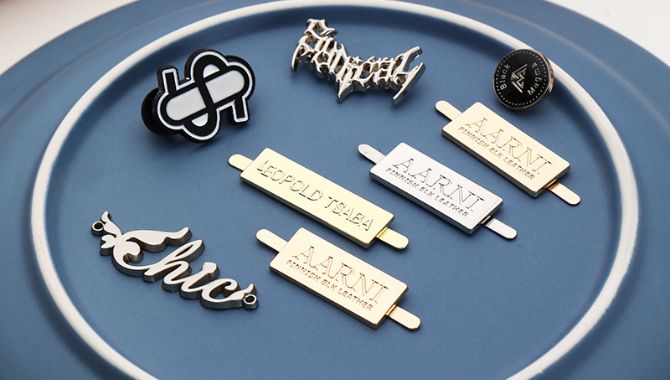Remoid Custom Logo
Hebei Leimande Bag Manufacturing Co., Ltd specializes in customizing various iconic processes and is dedicated to meeting your personalized needs. We excel in multiple techniques, such as silk printing, embroidery, TPU, and more. Based on your requirements and the characteristics of the backpack materials, we carefully choose the most suitable techniques to create exquisite custom logos.
With our experienced team and professional knowledge, we can provide you with high-quality custom badge solutions, assisting you in enhancing your product brand image and market competitiveness. We prioritize attention to detail and quality, maintaining strict control over every aspect to ensure that each custom badge meets your expectations. Regardless of the size of your business, we are committed to providing personalized customization services and injecting unique brand charm into your products.
Screen Printing
Screen printing is a widely used process in which ink is forced through the mesh of a screen printing plate, allowing ink to pass through the mesh openings corresponding to the graphic or text elements while areas without graphics or text remain blocked. Its features include a wide application range, excellent printing results, and a simple plate-making process. Printing involves preparing a screen, plate-making, and post-processing steps to achieve the desired image or text printing.


Embroidery
Embroidery craftsmanship involves embroidering patterns and text on the surface of a backpack to give it a unique three-dimensional and textured feel. During the design phase, customer requirements and creativity are considered, along with selecting appropriate fabrics and embroidery methods. The entire process includes design, material selection, embroidery, and post-processing, with each step requiring meticulous attention to ensure the final result meets expectations.
Rubber Stamp
The molding process of rubber patches involves pouring liquid material into molds through a dripping process, and after heating, baking, and cooling, it is demolded to create plastic products. Its characteristics include strong three-dimensionality, resistance to deformation, good toughness, and high corrosion resistance. Rubber patch craftsmanship is commonly used for custom logo printing. The production process includes designing the logo pattern, mold opening, injecting and molding, cooling, demolding, trimming, and bonding. Logos made using the rubber patch process have a three-dimensional and textured appearance, enhancing product quality and brand image.


Heat Transfer Printing
Heat transfer printing is an efficient printing process that achieves the printing of exquisite patterns through the printing and transfer processing of transfer films. Vibrant colors, good durability, broad applicability, environmental friendliness, low production costs, and robust customizability characterize heat transfer printing of logos. The production process includes designing the pattern, making the intaglio plate, and printing the heat transfer film, among other steps.
TPU
TPU, short for thermoplastic polyurethane elastomer, has a high molecular weight and consists of polyether or polyester segments. Printing logos with TPU is characterized by realistic patterns, transparent layers, strong three-dimensionality, vibrant colors, high precision, and strong adhesion. The printing process involves processing TPU material into appropriate sizes and shapes and then using techniques such as screen printing, hot stamping, oxidation, laser engraving, etc., to print the logo design on the material’s surface. A suitable method can be chosen based on specific requirements.


Dye Sublimation
Dye sublimation is a unique printing technology that involves heating pigment molecules until they sublime into a medium, forming a vibrant and well-defined image. The characteristics of logos printed through dye sublimation include bright colors, rich layers, good durability, broad applicability, environmental friendliness, low production costs, and robust customizability. The printing process includes designing the pattern, creating dye sublimation inks, printing onto transfer paper, heat and pressure bonding, and peeling off the paper film to complete the transfer. Suitable printing and heat-pressing equipment can be chosen based on specific requirements.
Metal Sign
Metal or non-metallic plates used to identify various products are known as hardware nameplates. The characteristics of logos printed on hardware nameplates include a robust metallic texture, good weather resistance, diverse craftsmanship, and robust customization. The printing process involves design, plate-making, and processing steps, which must be selected and executed based on specific requirements and conditions.



